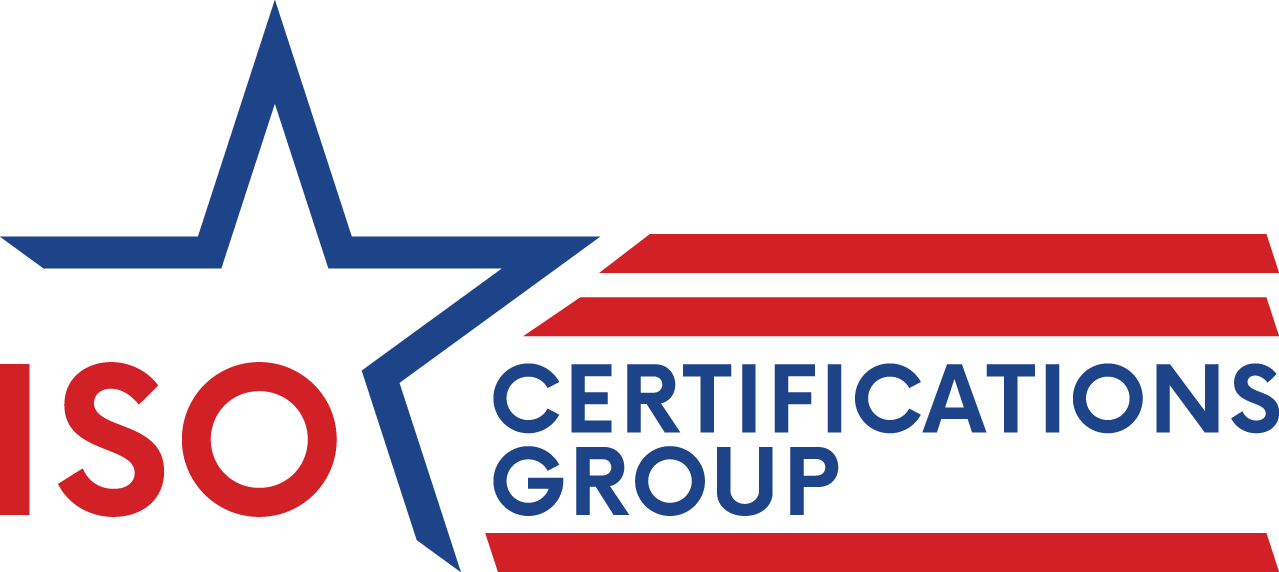Root Cause Analysis (RCA) is a powerful tool used by organizations to uncover the underlying causes of problems, especially in ISO management systems. When done right, it helps eliminate recurring issues, improves processes, and safeguards your organization from costly downtime or reputational damage. However, while the concept of identifying and removing a root cause seems simple in theory, the actual execution can be far more challenging.
In fact, one of the most common pitfalls isn’t failing to conduct a root cause analysis; it’s doing it poorly. A flawed RCA can lead to misdiagnosed problems, wasted time and resources, and even greater operational risks down the road. During the certification process, it could even delay your ISO certification. If the true root cause isn’t addressed, the issue will likely reappear, forcing businesses to repeat the process and absorb additional costs.
The good news? Most RCA failures stem from just a handful of avoidable mistakes. In this article, we’ll walk through six of the most common missteps companies make during root cause analysis— so you can avoid them, strengthen your management system, and drive lasting improvement across your organization.
Avoid These Mistakes During Your Root Cause Analysis
Conduct With Care, Not Haste
Time isn’t the enemy in root cause analysis, rushing is. When teams move too quickly through the RCA process, they often overlook critical steps, skip proper workflow reviews, and settle for convenient answers rather than accurate ones. This haste undermines the entire purpose of Root Cause Analysis and can lead to misdiagnosed causes, ineffective solutions, and recurring issues.
Rushing through a Root Cause Analysis often contributes to many of the other common mistakes organizations make. If you’re handed an unrealistic deadline for completing an analysis, it’s essential to push back. Conducting a root cause analysis under pressure may result in having to repeat the entire process later, costing even more time and resources in the long run. A thorough, well-paced RCA is always more effective than a rushed one.
Don’t Default to Blaming the Employee
If a large portion of your past root cause analyses identify human error or “operator error” as the primary issue, it may be time to reevaluate your approach. While human mistakes do happen, relying too heavily on this explanation can be a red flag. Labeling something as operator error often prevents deeper investigation and overlooks the systemic issues that contribute to those mistakes. In reality, most errors have an underlying cause— whether it’s inadequate training, poor interface design, unclear procedures, or excessive fatigue.
For example, if a mistake could have been avoided with just one more hour of training, then the true root cause is a lack of training, not the person making the error. If a system failed to alert the operator at the right time, then a malfunctioning warning mechanism is at fault. Even employee fatigue caused by poor scheduling could be the deeper issue behind a so-called operator error. A good Root Cause Analysis looks past the immediate action and asks why that action happened in the first place.
Beyond technical shortcomings, overusing operator error as a diagnosis can harm morale. When employees feel they’re being blamed instead of supported, trust in leadership erodes and so does the likelihood of open, honest reporting. To get real value from RCA, aim to uncover and address the conditions that lead to mistakes, not just the people who make them.
Lack of Management Involvement & Commitment
For root cause analysis to be truly effective, it needs the full support and understanding of management. Leaders must recognize that RCA isn’t just a compliance exercise; it’s a strategic tool for preventing recurring issues, improving performance, and protecting the organization from costly disruptions. When management doesn’t fully grasp the purpose or value of RCA, the process is often under-resourced or rushed, and its potential impact is significantly diminished.
Without strong buy-in from leadership, RCA teams may be denied the time, access to personnel, or cross-functional collaboration needed to uncover the true cause of a problem. Worse, they may face pressure to reach quick conclusions that appease stakeholders rather than drive lasting improvement. To avoid this, it’s critical to ensure that management understands both the stakes and the benefits of a well-executed RCA, and is committed to supporting the process with the time, tools, and trust it requires to succeed.
Conclusion: Eliminate the Causes, Avoid New Risks
Root Cause Analysis is only as effective as the care and commitment behind it. By avoiding common pitfalls like rushing the process, defaulting to human error, or working without management support, organizations can turn Root Cause Analysis into a powerful driver of long-term improvement. The goal isn’t just to fix what’s broken today, but to prevent it from breaking again tomorrow. With the right approach, RCA can lead to smarter ISO management systems, stronger teams, and more efficient operations.
At ISO Certifications Group, we make the certification process simple, cost-effective, and results-driven with transparent pricing and expert support through every step. We are trusted as a certification body by organizations in various industries, of various sizes. Contact us today to get started.

